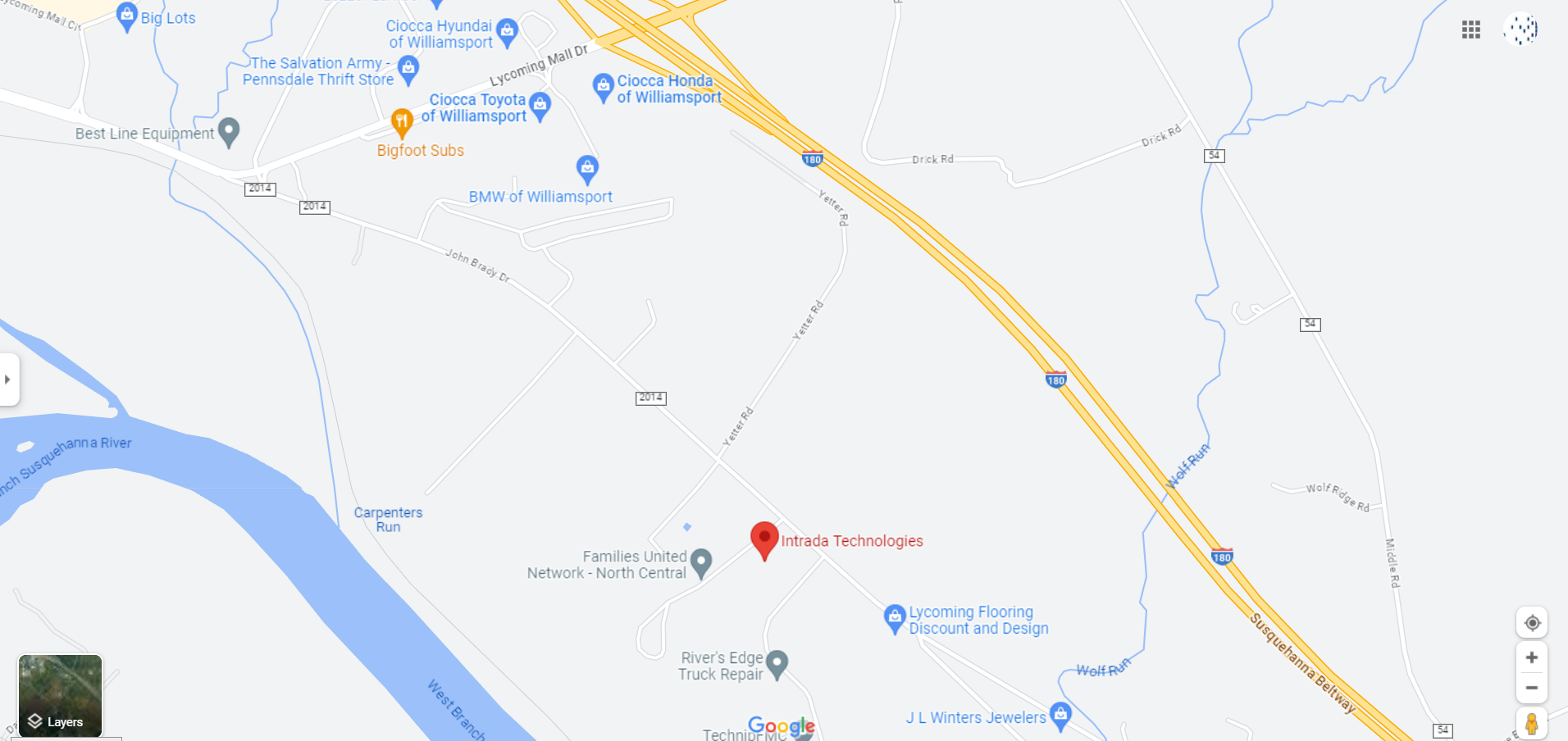Knowledge Base
Google Lighthouse Introduction
OVERVIEWGoogle Lighthouse is an open-source tool designed to improve web page quality through automated audits. It assesses various aspects such as performance, accessibility, best practices, SEO, and Progressive Web Apps (PWAs). By using Lighthouse, developers can identify and address areas needing enhancement to ensure websites provide an optimal user experience. |
Google Lighthouse is a sophisticated, open-source tool that enhances web page quality through automation. It evaluates web pages across several dimensions, including performance, accessibility, adherence to best practices, SEO, and the development of Progressive Web Apps (PWAs). Utilizing Lighthouse allows developers to efficiently identify and improve areas needing enhancement, ensuring that websites offer superior user experiences in line with modern web standards.
This article explores the utility of Lighthouse, emphasizing its role in supporting companies in benchmarking their SEO strategies and maintaining web developer accountability, as well as how Intrada leverages this tool for optimal outcomes.
 |
Lighthouse Dimensions Explained
Lighthouse breaks down its evaluations into five distinct dimensions, each contributing uniquely to a web page's holistic performance. These dimensions are provided for both desktop and mobile experiences, ensuring a comprehensive analysis across different devices.
Performance
Performance evaluation involves measuring the speed at which a web page loads and becomes fully interactive for users across desktop and mobile devices. It focuses on several key metrics crucial for a good user experience. First Contentful Paint (FCP) measures the time from the page start loading to when any part of the page's content is rendered on the screen. Time to Interactive (TTI) is the time it takes for the page to become fully interactive, meaning users can click, scroll, and input text. Speed Index measures how quickly the contents of a page are visibly populated. These metrics are invaluable for developers as they provide a comprehensive overview of the loading experience from a user's perspective, allowing them to pinpoint specific areas that may cause delays or hinder performance and make the necessary adjustments to enhance the overall performance across different devices.
Accessibility
Accessibility is the measure of how effectively a web page is designed and structured to accommodate users with disabilities, ensuring equal access and usability across both desktop and mobile platforms. This crucial aspect of web development involves a thorough evaluation of ARIA (Accessible Rich Internet Applications) attributes, which help make web content more accessible to people with disabilities. It also includes checking contrast ratios to ensure that text and background colors have sufficient contrast to be readable by people with vision impairments. Additionally, the legibility of text is assessed to make certain that fonts, sizes, and spacing are optimized for readability, making the site navigable and usable by everyone, including those relying on assistive technologies such as screen readers or voice recognition software. Ensuring accessibility is not just about compliance with legal standards. Still, it is also a commitment to inclusivity, allowing all users, regardless of their physical or cognitive abilities, equal access to information and functionalities on the web.
Best Practices
Best practices in web development emphasize the importance of meticulously following coding and security guidelines to improve the overall quality of websites across desktop and mobile platforms. This involves the crucial step of utilizing HTTPS to ensure secure communication over the internet, which protects the integrity and confidentiality of data between the user's browser and the site. Additionally, it is essential to steer clear of deprecated APIs, which can lead to security vulnerabilities and compatibility issues, affecting the website's functionality and user experience. Implementing structured JavaScript and CSS is another cornerstone of maintaining high web development standards. By organizing code efficiently and following best practices, developers can enhance website performance, ensure faster loading times, and provide a seamless, engaging user experience. These strategies collectively contribute to building robust, secure, and high-performing websites that meet the evolving needs of users and the digital landscape.
Search Engine Optimization (SEO)
SEO, or Search Engine Optimization, is a strategic approach to enhance a website's visibility and position in search engine results across various devices, including desktop and mobile. This involves a meticulous assessment of several key elements on a website, such as meta tags, which provide search engines with information about a website's content; alt attributes for images, which help search engines understand and rank the content of images; and the structure of headings, which organizes the content for better readability and SEO performance. By optimizing these and other elements, developers can significantly improve a site's chances of achieving higher organic traffic, making the website more accessible and visible to a broader audience.
Progressive Web App (PWA)
PWA criteria look at how well the site delivers app-like experiences on desktop and mobile. This involves checking for service workers, web app manifest presence, and offline functionality, indicating the site's ability to provide a reliable, engaging user experience regardless of the device.
By focusing on these dimensions for desktop and mobile experiences, developers can ensure that their websites are efficient, accessible, and high performing, leading to an excellent user experience across all platforms.
The Significance of Google Lighthouse Scores
Google Lighthouse provides a "score" that can be used to track progress related to current SEO strategies. These metrics reflect how well a web page adheres to various web standards and best practices. By offering a detailed breakdown of scores in areas like performance, accessibility, best practices, and SEO, Lighthouse allows developers to pinpoint specific areas needing improvement.
The insights offered by Google Lighthouse extend beyond mere scores and provide valuable perspectives on how Google evaluates web resources. From an SEO lens, Lighthouse suggests enhancements that can elevate a site's search engine visibility. This includes optimizing page load times, improving mobile usability, and ensuring the correct implementation of meta tags. Simultaneously, the tool advises on best practices that align with modern web development standards, such as using HTTPS and avoiding deprecated APIs, which help maximize a site's ranking potential and enhance the overall user experience.
Beyond SEO: The Importance of ADA Requirements and WC3 Standards
While SEO optimization is key in boosting a website’s visibility and ranking, focusing on ADA (Americans with Disabilities Act) requirements and WC3 (World Wide Web Consortium) standards is crucial for an inclusive and seamless user experience. Notably, tools like Google Lighthouse offer an accessibility section, providing insights into how well a website meets accessibility standards. However, this does not replace the need for thorough adherence to ADA and WC3 guidelines.
Compliance with ADA guidelines ensures websites are accessible to users with disabilities. It offers the necessary accommodations for effective navigation in digital spaces. This includes ensuring images have proper text descriptions, enhancing keyboard navigability, and ensuring compatibility with screen readers.
Adhering to WC3 standards means your website meets internationally recognized best practices for web development, covering aspects such as semantic HTML, responsive design, and device-agnostic content delivery. This improves code quality and enhances accessibility, creating a robust and user-friendly web environment.
For businesses, focusing on SEO and these accessibility standards broadens audience reach and reduces the risk of legal issues due to non-compliance. Integrating SEO practices with strict adherence to ADA compliance and WC3 guidelines while utilizing tools like Google Lighthouse for preliminary assessments allows developers to craft websites optimized for search engines and diverse user needs. This holistic approach balances discoverability with usability, ensuring a website’s success in the competitive digital realm.
How to Use Google Lighthouse
Here's a step-by-step guide on how to leverage this powerful tool:
- Accessing Google Lighthouse:
- Via Chrome DevTools: Open your webpage in Google Chrome, click on the three-dot menu icon at the top-right corner, select 'More Tools,' and then 'Developer Tools. ' In the Developer Tools pane, navigate to the 'Lighthouse' tab.
- Command Line: For more advanced users, Google Lighthouse can also be run as a Node module from the command line using `lighthouse <url>.`
- Configuring Your Audit:
- Open the Lighthouse panel in DevTools or the extension.
- Select the desired categories for the audit, such as Performance, Accessibility, Best Practices, SEO, and Progressive Web App (PWA).
- Choose the device type for the audit: Mobile or Desktop.
- Running the Audit:
- Click the 'Generate Report' button to start the audit.
- Lighthouse will run a series of tests on the selected webpage, which may take a few moments.
- Interpreting the Results:
- Once the audit is complete, Lighthouse will present a detailed report divided into the selected categories.
- Each category will have a score out of 100, and each section will outline specific suggestions and opportunities for improvement.
- Pay close attention to the recommended actions, which are ranked by their potential impact on your overall score and website performance.
- Implementing Recommendations:
- Review each suggestion and prioritize changes that can significantly impact your scores and overall user experience.
- Regularly run audits to monitor progress and identify new areas for improvement.
- Integration with Continuous Integration/Continuous Deployment (CI/CD):
- For developers, integrating Lighthouse audits into your CI/CD pipeline ensures ongoing compliance with web standards and best practices.
- Use Lighthouse CI to automate the testing process and enforce performance budgets during the development cycle.
By following these steps, you can harness Google Lighthouse's full potential to refine your website's performance, enhance its accessibility, and ensure it adheres to modern best practices. Regular use of Lighthouse optimizes your site's functionality and positions it competitively in search engine rankings, resulting in a superior user experience.
How Intrada Leverages Lighthouse and SEO Tools
Intrada employs Google Lighthouse and other SEO tools like SEMrush to create a powerful ecosystem for web optimization. This synergy allows Intrada to comprehensively view a website's performance and effectiveness across various dimensions. Using Lighthouse for in-depth technical audits and SEMrush for extensive keyword research and competitor analysis, Intrada can formulate data-driven strategies that enhance overall site visibility and effectiveness.
A crucial aspect of this methodology is understanding the market share distribution between different search engines. Google dominates the search engine market with a significant lead, holding approximately 92% of the market share. In comparison, Bing accounts for about 2.5% of the total. This overwhelming preference for Google underlines the importance of focusing optimization efforts on meeting Google's stringent standards. By leveraging the insights and recommendations from tools like Lighthouse and SEMrush, Intrada ensures that client websites are well-positioned to rank highly on Google, thereby tapping into the vast majority of search engine traffic.
Contact Us for a Detailed Website Audit
If you would like to learn more about SEO services or have Intrada conduct a comprehensive website audit, don't hesitate to contact us. Our team of experts is ready to help enhance your website's performance, accessibility, and search engine ranking. Contact us today and take the first step towards a more optimized and user-friendly web presence.
|
Contact Information: |
Hours of Operation: |
OUR FOCUS
Intrada Technologies is a full-service web development and network management company with a focus on creating ongoing, trusted partnerships with each of our clients.
We make sure our clients have what they require to run their businesses with maximum efficiency and reliability, as many of their needs are mission-critical.
Our unique, collaborative partnerships allow us to provide our clients with the assurance that we will be there when they need us.

